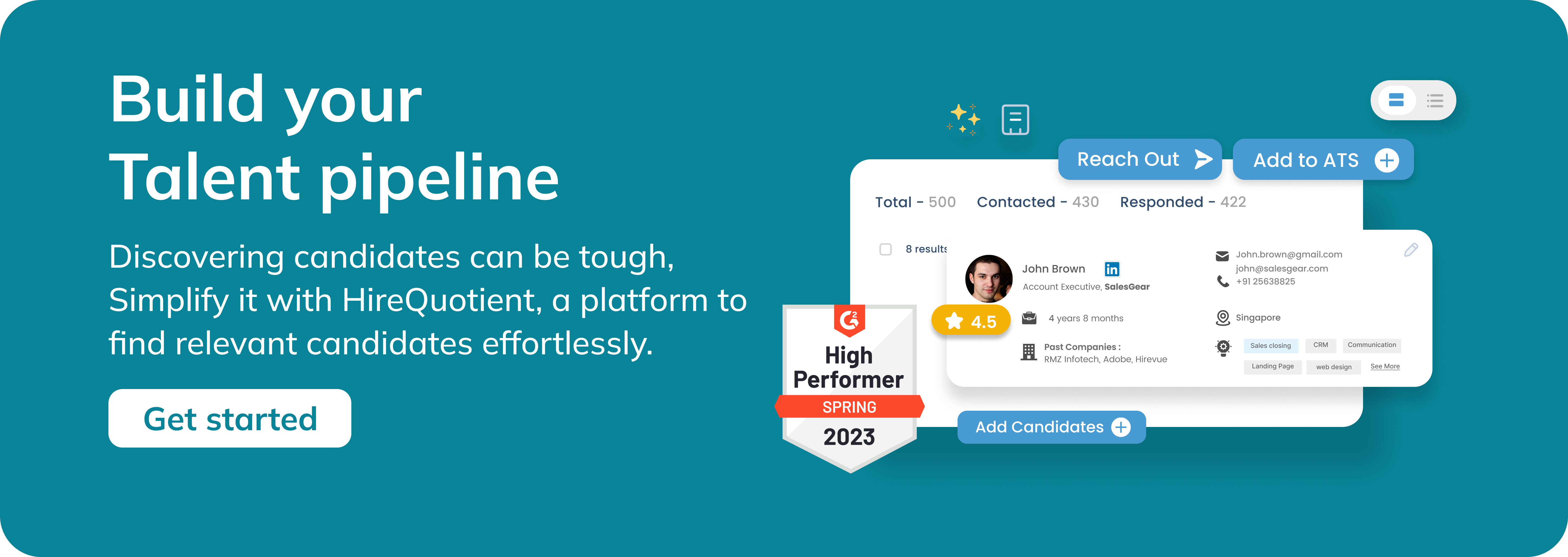The Roles and Responsibilities of a Customer Success Evangelist
Published on October 1st, 2023
In the age of customer-centricity, retaining happy and loyal users is critical. That's where customer success evangelists come in. But what exactly does this relatively new role entail? Success evangelists are so much more than support reps. They act as full lifecycle guides, maximizing the value customers realize from products. Blending equal parts strategy, analytics, and charm, evangelists are masters at driving adoption, boosting renewals, and collecting powerful insights. Join us as we define the multifaceted responsibilities of these user cheerleaders. Discover why companies are investing in evangelists as an essential role to grow accounts and promote customer love.
Understanding the Customer Success Evangelist
A Customer Success Evangelist serves as the bridge between a company and its customers, actively advocating for the success and satisfaction of the latter. Unlike traditional customer support roles, which primarily focus on issue resolution, Customer Success Evangelists are proactive in ensuring that customers not only overcome challenges but also achieve their desired outcomes.
Key Responsibilities
1. Relationship Building
- Personalized Engagement: Develop a deep understanding of each customer's unique goals, challenges, and preferences. Tailor communication and engagement strategies to resonate with individual customer needs.
- Regular Check-Ins: Conduct regular check-ins with customers to gauge satisfaction, uncover potential issues, and gather feedback. Proactively address concerns and ensure customers feel heard and valued.
- Customer Advocacy Programs: Establish customer advocacy programs that incentivize satisfied customers to share their success stories. Leverage these stories in marketing efforts to build trust and credibility.
2. Onboarding and Adoption
- Customized Onboarding Plans: Design customized onboarding plans based on the customer's specific use case and goals. Provide hands-on support during the initial stages of product implementation to ensure a smooth start.
- Product Training: Develop and deliver comprehensive product training programs, including live training sessions, documentation, and video tutorials. Empower customers to independently navigate and utilize the product features effectively.
- User Adoption Strategies: Implement strategies to encourage widespread user adoption within customer organizations. This may involve creating incentive programs, conducting follow-up training sessions, and providing ongoing support.
3. Customer Education
- Content Creation: Develop a repository of educational content, including blog posts, whitepapers, and how-to guides. Address common challenges, share best practices, and provide tips to enhance the customer's overall experience.
- Webinars and Workshops: Host webinars and workshops to facilitate interactive learning experiences. Allow customers to ask questions, share insights, and connect with other users to foster a sense of community.
- Proactive Outreach: Anticipate potential stumbling blocks or areas of confusion for customers. Proactively reach out with educational resources to prevent issues and enhance the customer's understanding of the product.
4. Feedback Collection and Analysis
- Surveys and Interviews: Implement regular customer surveys and interviews to collect qualitative feedback. Gain insights into the customer's perception of the product, their pain points, and suggestions for improvement.
- Feedback Loop: Establish a closed feedback loop by communicating customer insights to relevant internal teams. Collaborate with product development, marketing, and sales teams to address customer concerns and implement necessary improvements.
- Customer Advisory Boards: Form customer advisory boards to engage with key customers for in-depth discussions on product roadmaps, future features, and overall business strategy.
5. Retention and Upselling
- Risk Identification: Proactively identify signals of potential churn, such as decreased product usage or unresolved issues. Develop strategies to mitigate these risks and retain customers.
- Upselling Opportunities: Analyze customer usage patterns to identify opportunities for upselling or cross-selling additional features or services. Position these offerings as solutions that align with the customer's evolving needs.
- Renewal Management: Collaborate with the sales team on renewal strategies. Develop a proactive approach to ensure timely renewals and provide added value to incentivize long-term commitments.
6. Advocacy and Evangelism
- Advocate Programs: Establish and nurture customer advocate programs. Provide incentives such as exclusive access to beta features, discounts, or recognition to encourage customers to become vocal advocates for the brand.
- Social Media Engagement: Actively engage with customers on social media platforms. Share success stories, respond to customer queries, and participate in relevant industry conversations to bolster the company's online presence.
- Internal Evangelism: Promote a customer-centric culture within the organization. Encourage all departments to prioritize customer success and incorporate customer feedback into their decision-making processes.
7. Metrics Tracking
- KPI Definition: Clearly define and track key performance indicators (KPIs) related to customer success. This may include metrics such as customer satisfaction (CSAT), Net Promoter Score (NPS), and customer retention rates.
- Data-Driven Insights: Utilize data analytics tools to derive actionable insights from customer data. Leverage these insights to make informed decisions, optimize customer success strategies, and demonstrate the impact of customer success initiatives to stakeholders.
- Continuous Improvement: Regularly review and assess the effectiveness of customer success initiatives. Iterate on strategies based on performance metrics and evolving customer needs to ensure continuous improvement.
Conclusion
Customer success evangelists play a critical role in driving growth through delighted users who become advocates. By taking on cross-functional responsibilities across the customer journey, evangelists maximize the value realized from products and foster loyalty.
These customer-focused unicorns are part educator, coach, consultant, analyst, and promoter. Evangelists blend strategic vision with hands-on implementation across onboarding, training, account management, and advocacy development.
With the ability to understand pain points and spot opportunities, evangelists act as true partners to customers. Their creativity, communication skills, and passionate commitment prime customers for long-term success.
In today’s highly competitive SaaS landscape, investing in customer success evangelists provides a key competitive edge. Companies that prioritize the evangelist role will be rewarded with expanded deal sizes, improved renewals, and vocal brand ambassadors. When it comes to guiding customers to success, evangelists deliver.
Hire the best without stress
Ask us how
Never Miss The Updates
We cover all recruitment, talent analytics, L&D, DEI, pre-employment, candidate screening, and hiring tools. Join our force & subscribe now!
Stay On Top Of Everything In HR


